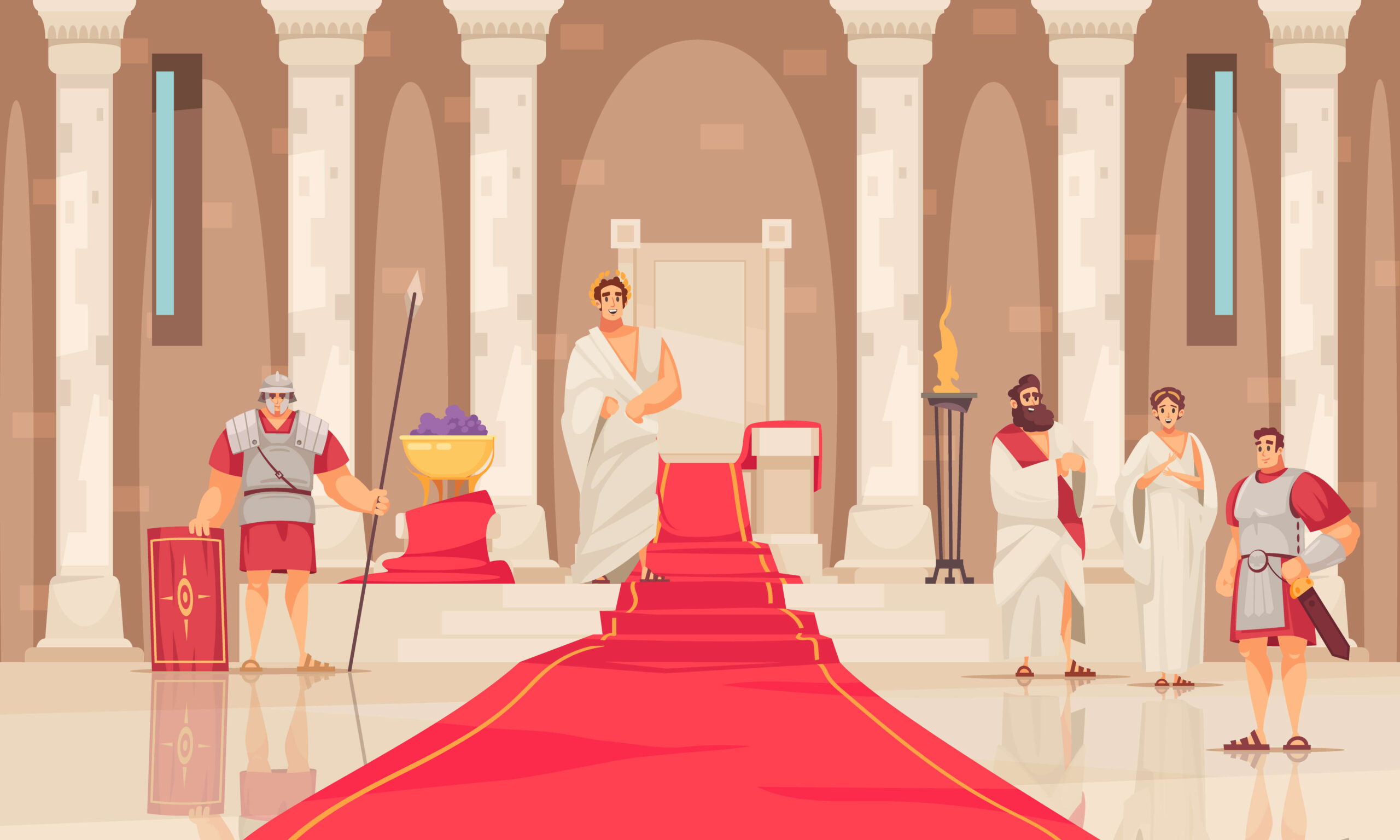Background
Coca-Cola is the top-selling soft drink brand in the world and was among the first beverages to use mass marketing techniques to sell their product back in the early 1900s. This article explores Coca-Cola’s biggest marketing blunder of all time, which occurred in 1985 when they attempted to launch ‘New Coke.’ Precisely, New Coke was a disaster and caused the company to go back to its original formula with just about zero loss of market share. This article explains why this happened and what you can learn from it as an entrepreneur.
Coca-Cola developed into the most popular company on the planet and build a reputation as the world’s most famous and powerful brand. During the 1980s, the key competitor Pepsi was forced to perform blind test promotion. In Pepsi’s advertising of blind test promotion, consumers were given two drinking options which were unlabeled to compare and choose the best taste without knowing the brand. The promotional advertising was composed by Pepsi, hence, the clear winner was Pepsi, as the consumers were unaware of the other brands. The promotional campaign creates insecurity and rising concerns for Coca-Cola’s management to maintain its brand and position.
Result
On 23rd April 1985, company present a press conference in NYC to introduce new coke with heavy marketing and branding with a tagline of “The Best Just Got Better”. However, Pepsi replied Coca Cola with an aggressive marketing strategy in publication media. Despite funding heavy R&D on new Coke, the product was a failure in the market. In a way, the introduction of New Coke makes sense. Coca-Cola’s original flavor became known as Old Coke as a result of changing its name to Coca-Cola in 1906 and after bottlers added caramel coloring, phosphoric acid, and caffeine in the 1920s. This left a sour taste in consumers’ mouths for the old Coca-Cola.
The market share of Coca-Cola gradually falls. The research and development (R&D) department of Coca-Cola started to experiment and test to identify the reason for the falling market share of the company. The secret research concluded that the reason behind the preference for Pepsi was the taste was sweeter compared to Coca-Cola. Coca-Cola conducted testing of more than 200,000 tastes to introduce new Coke formula.
Consumers started preferring new coke over the traditional taste which was positive for Coca Cola. Marketing is fundamentally important, but you should never sacrifice the integrity of your product or company. Coca-Cola made this mistake in 1985 when they debuted a new, sweeter tasting cola called New Coke after their leading beverage fell out of favor with consumers and stopped being profitable. Though the idea was brilliant (and could have been successful) Coca-Cola had just released a brand-new soda without knowing how it would go over with the public.
Market Reaction
The reason for failure was the consumers felt the taste of new coke was worse than original coke. Consumers protests in group to get back original coke. Dissatisfied customers express their sadness and anger by calling on Coca Cola’s toll-free number to make complaints. The new coke failed to create an image of product improvement and impress consumer taste. The failure of new coke gave chance for re-introduction of original coke in the market with rebranding strategy naming as classic coke. The company returned to its original taste and withdrawn new Coca Cola from the market.
Learnings from Coca Cola
The real reason of failure of new coke was not the Success of taste of Pepsi but the introduction of diet coke. Coca-Cola misunderstood the need of consumers as there was no such issue with original taste. The main reason of fall in market share was reflected due to introduction of diet coke which got popular and love by consumers. Coca Cola failed to recognize the influence of soft drinks as they kept their focus on winning taste preference.
Bottom Line
When Coca-Cola’s management rolled out their new formula for the drink in 1985, they were fully expecting to knock Pepsi out of the park. Instead, after just three months of production, Coca-Cola pulled the product off the shelves due to overwhelmingly negative public opinion. Consumers revolted at what they perceived as a new Coke which tasted more like Pepsi than Coca-Cola. This marketing disaster was a crucial lesson in if it isn’t broke, don’t fix it.
Comment Down if you want to know any new case studies on companies.
References
Haig, M., 2005. Brand failures: the truth about the 100 biggest branding mistakes of all time. Kogan Page Publishers.
Shkodrova, A., 2018. Revisiting Coca-Cola’s “Accidental” Entry into Communist Europe. Gastronomica, 18(2), pp.59-72.
Friedman, T., 1992. The world of the world of Coca-Cola. Communication research, 19(5), pp.642-662.





